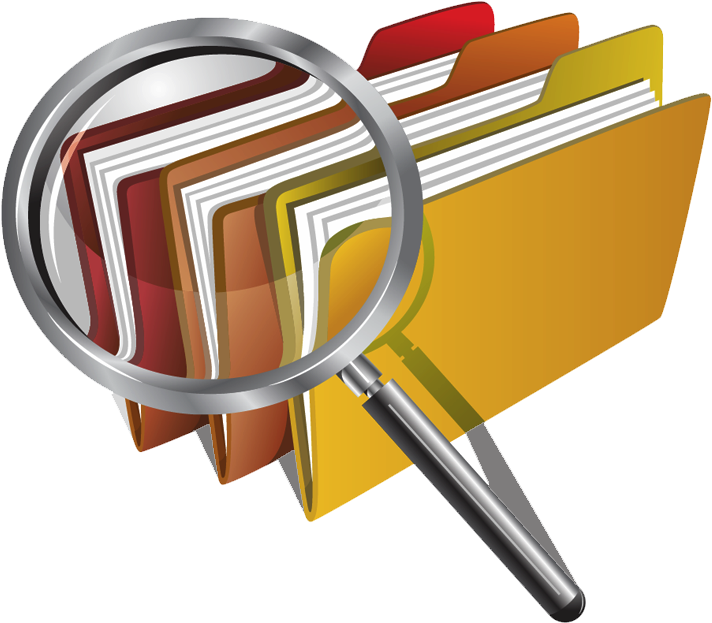Assessment
An assessment is the first step towards understanding your child’s communication abilities and identifying areas for improvement — whether it be for speech, language, or social reasons. The process is an opportunity for your questions to be answered and your concerns to be addressed.
Information for the assessment may be gathered through a variety of means:

Conversation plays an essential role in the assessment process, providing invaluable insight regarding your child’s speech, language, and social communication. It is a way to gain visual and acoustic information about your child’s articulation patterns in running speech. A conversation provides insight into your child’s basic language comprehension and usage — including their vocabulary, abstract thinking skills, and understanding of grammatical rules. A simple conversation can also uncover social communication issues, such as your child’s ability to initiate conversation, take turns around a variety of topics, and repair communication breakdowns.

A detailed case history includes familial trends, medical histories, pregnancy, birth, feeding histories, as well as developmental milestones. This information helps identify relevant treatment priorities and programs.

Standardized tests identify a child’s language and articulation strengths and areas for improvement, as compared to their age and developmental cohort.

Additional information about your child’s oral and facial muscle movement patterns can be obtained by watching their breathing, chewing, and swallowing patterns while they eat and drink.

Games and activities mimic natural social environments. They also provide a basis for informal language sample for later analysis.

Questionnaires help gather detailed information about specific communication needs.
The assessment results are used to determine a child's communicative abilities, and whether or not therapy is necessary. Communication goals may be set together to shape an individual program for you and your child.
